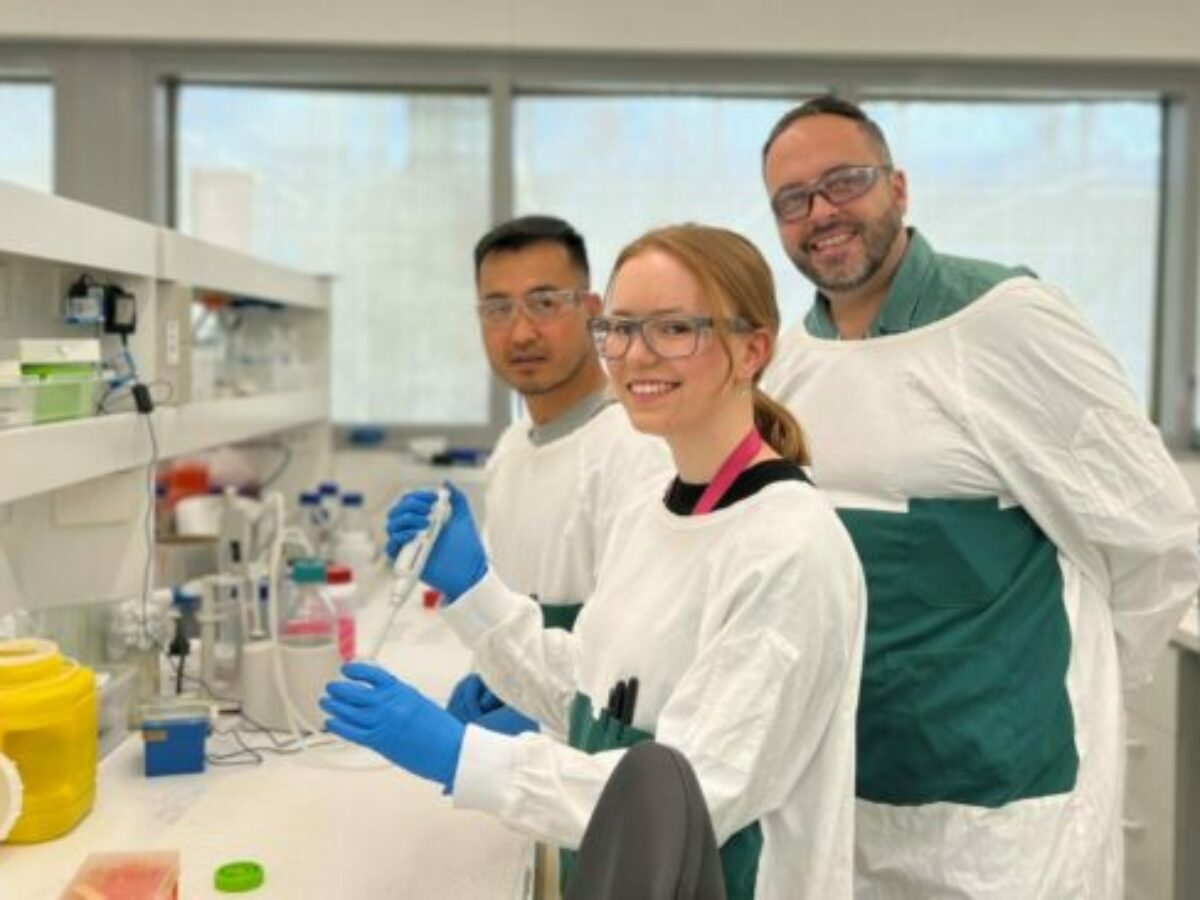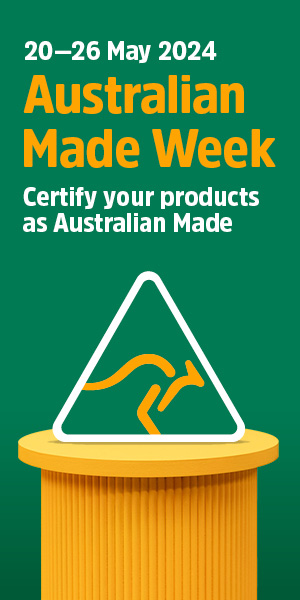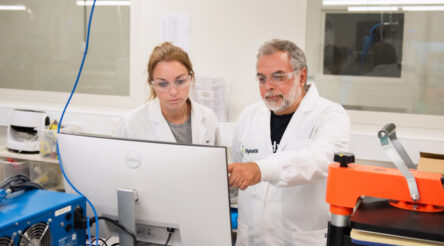Study shows black phosphorous nanoflakes promising against superbugs in wound care, devices

A study led by RMIT University and University of South Australia has shown the effectiveness of black phosphorus-based nanotechnology in battling “superbugs”, pointing the way to possible adoption in wound care products and implants.
In a statement from UniSA on Thursday, the “nano-thin superbug-slaying material” is described as “effective against a broad range of drug-resistant bacterial cells, including ‘golden staph’” and as having gone through advanced pre-clinical trials.
A study published in Advanced Therapeutics showed over 99 per cent of bacteria killed though no damage to other cells in biological models, and comparable results to an antibiotic in eliminating infection and accelerated healing, with wounds closing by 80 per cent over seven days.
Antibiotic resistance causes roughly 700,000 deaths annually, and one estimate is that it could cause as many as 10 million deaths annually by 2050 if unaddressed.
RMIT co-lead researcher, Professor Sumeet Walia, said the study showed rapid antimicrobial action via their solution, followed by self-decomposition after the threat of infection had gone.
“The beauty of our innovation is that it is not simply a coating – it can actually be integrated into common materials that devices are made of, as well as plastic and gels, to make them antimicrobial,” said Walia.
UniSA lead researcher Dr Zlatko Kopecki said the treatment was exciting as it was comparable to the ciprofloxacin antibiotic in eradicating wound infection, and resulted in accelerated healing.
 “We urgently need to develop new alternative non-antibiotic approaches to treat and manage wound infection,” said Kopecki.
“We urgently need to develop new alternative non-antibiotic approaches to treat and manage wound infection,” said Kopecki.
“Black phosphorus seems to have hit the spot and we look forward to seeing the translation of this research towards clinical treatment of chronic wounds.”
RMIT has sought patent protection for the solution and is currently looking to link with industry partners.
Main picture: UniSA researchers Dr Zlatco Kopecki (right), Dr Hanif Haidari and Emmeline Virgo (credit UniSA)
Further reading
RMIT’s tiny titanium spike breakthrough suggests antimicrobial surfaces “may need to be rethought”
Australia’s niche champions: Cleaning up with collaboration
Monash University researchers part of promising new immunotherapeutic development
@aumanufacturing Sections
Analysis and Commentary Awards Defence Manufacturing News Podcast Technology Videos










